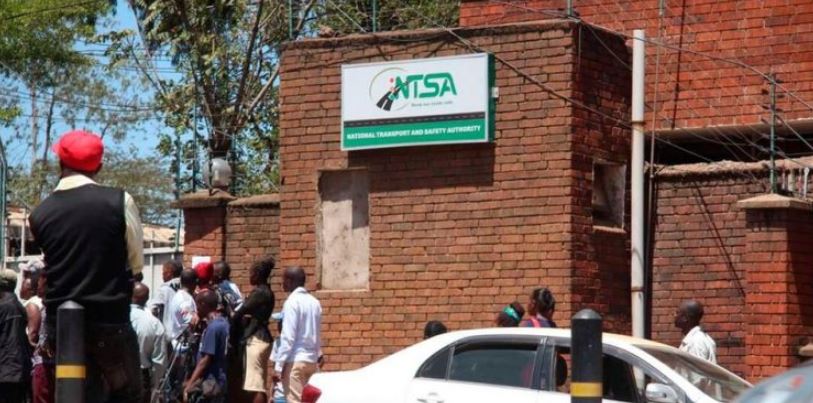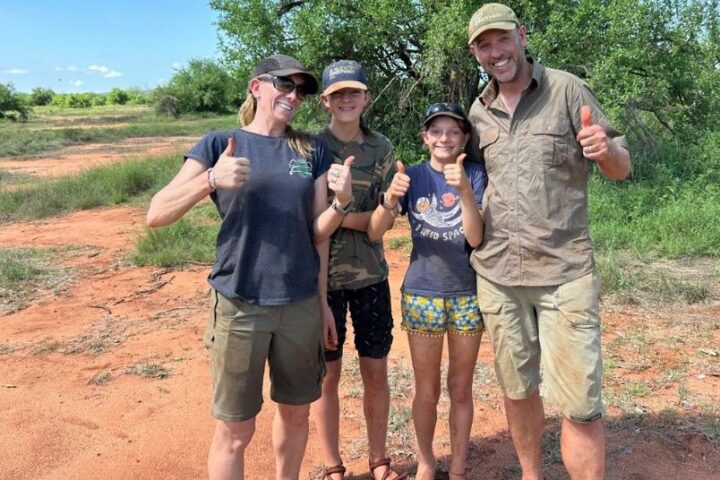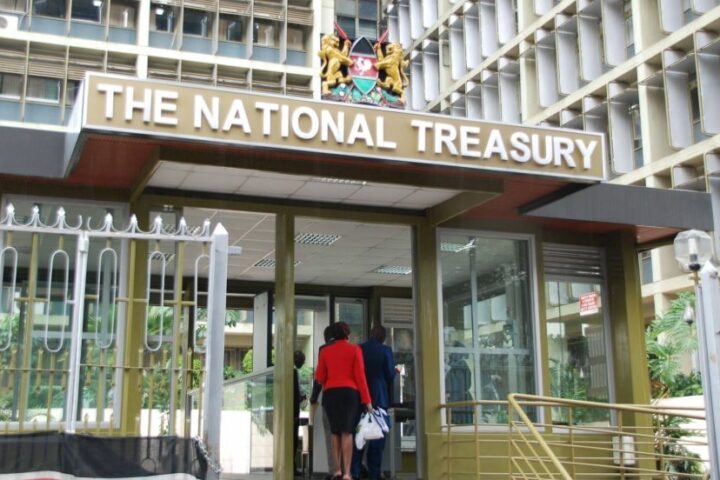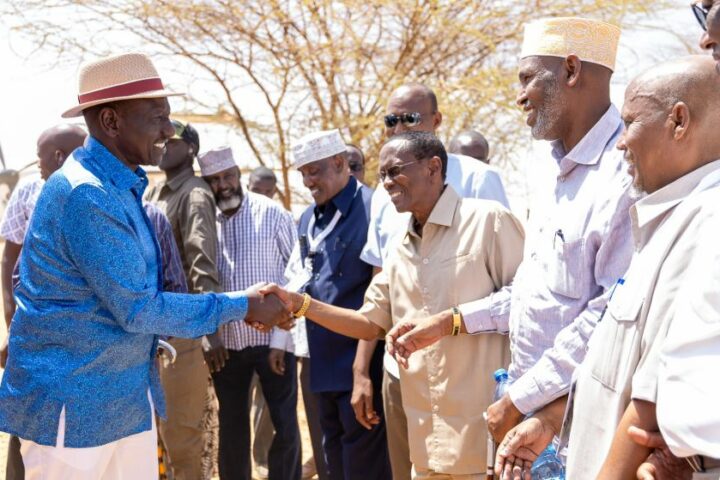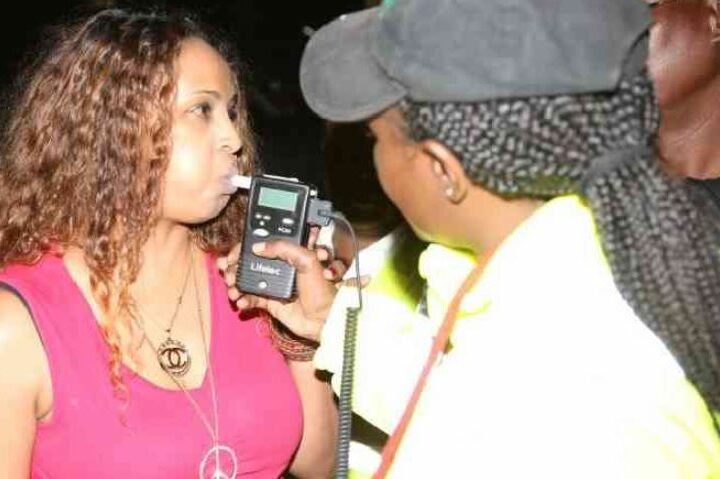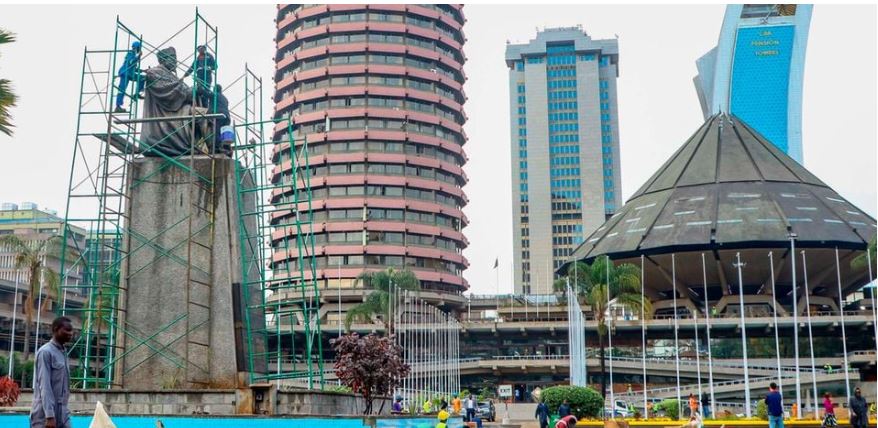 Kenya’s conference industry has fallen to third place, trailing behind Rwanda and South Africa in attracting international business events. This decline has caused Kenya to miss out on lucrative international conferences and business events, which are essential for economic growth and enhancing the country’s global visibility.
Kenya’s conference industry has fallen to third place, trailing behind Rwanda and South Africa in attracting international business events. This decline has caused Kenya to miss out on lucrative international conferences and business events, which are essential for economic growth and enhancing the country’s global visibility.
The global market for Meetings, Incentives, Conferences, and Exhibitions (MICE) was valued at $904.30 billion (KES 116.7 trillion) in 2023. It is projected to grow to $970.76 billion (KES 125 trillion) in 2024 and reach $1,932.73 billion by 2032, with an annual growth rate of 8.99 percent.
During a recent MICE workshop in Nairobi, stakeholders highlighted Kenya’s lack of a centralized body to coordinate marketing efforts and collaborate with international event organizers. This deficiency has placed Kenya at a disadvantage compared to more organized markets like Rwanda and South Africa.
Consequently, local businesses face fewer opportunities, tourism revenue declines, and infrastructure development tailored to the MICE sector slows.
James Mwaura, CEO of the Kenyatta International Convention Centre (KICC), announced that efforts are underway to establish a national bureau to unlock the full potential of Kenya’s MICE industry.
“The goal is to create a government entity with representation from both the public and private sectors to help bid for Kenya as a top conference destination,” Mwaura explained.
Mwaura noted that the Kenya National Convention Bureau (KNCB), created in 2019, remains inactive despite attempts to operationalize it. Although an office and operational structures exist, along with the necessary registration, the bureau has yet to fulfill its intended purpose.
In 2019, the MICE sector contributed approximately $1.05 billion (around KES 115 billion) to the economy, accounting for 8.8 percent of Kenya’s Gross Domestic Product (GDP).
A robust MICE sector could significantly enhance Kenya’s tourism goals, aiming for 5 million international arrivals and generating KES 824 billion in revenue by 2027.
MICE tourists typically spend more than leisure travelers, averaging daily expenditures that often exceed $300 (about KES 43,200). This spending not only supports local businesses but also creates jobs across various sectors.
To capitalize on this potential, the government plans to host at least 10 regional and international conventions annually. Ongoing discussions with the Tourism and Wildlife Ministry aim to bring the bureau into operation. The absence of an active convention bureau has led to a disconnect between public and private sector venues, resulting in competition for business without collaboration.
“KICC almost operates as a National Convention Bureau because it handles bidding and serves as the venue. However, the ideal situation would be to have a neutral entity responsible exclusively for bidding for events in destination Kenya while other venues play a complementary role,” Mwaura stated.
The recent meeting aimed to restore harmony within the MICE industry by emphasizing collaboration between the public and private sectors, advocating for the establishment of a neutral entity focused on promoting Kenya as a premier MICE destination.

